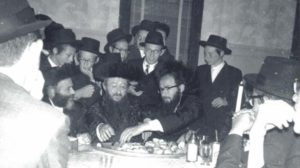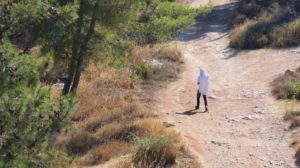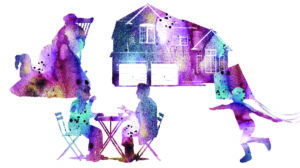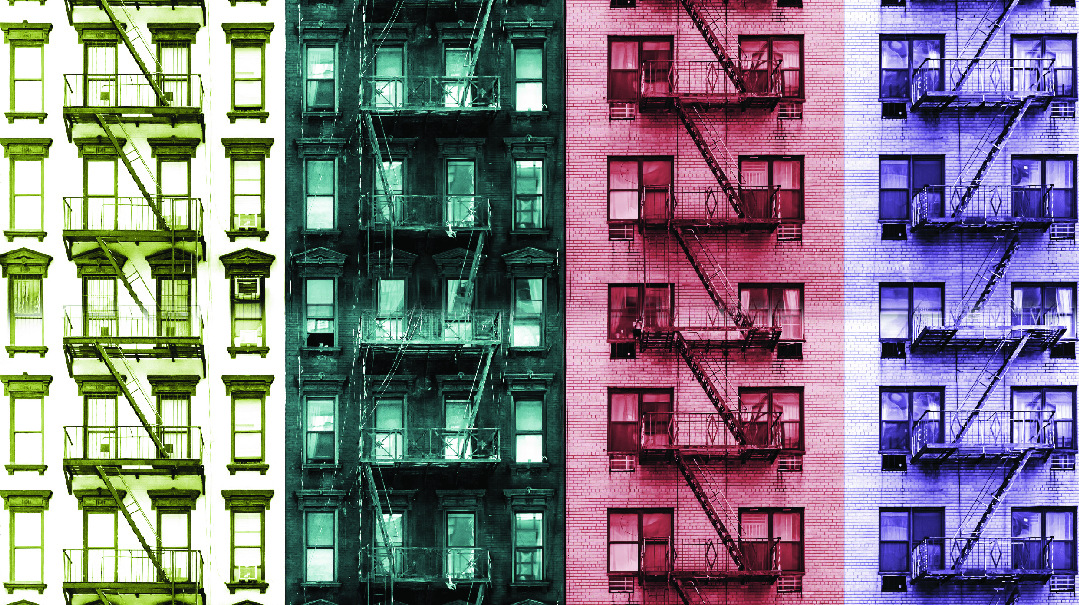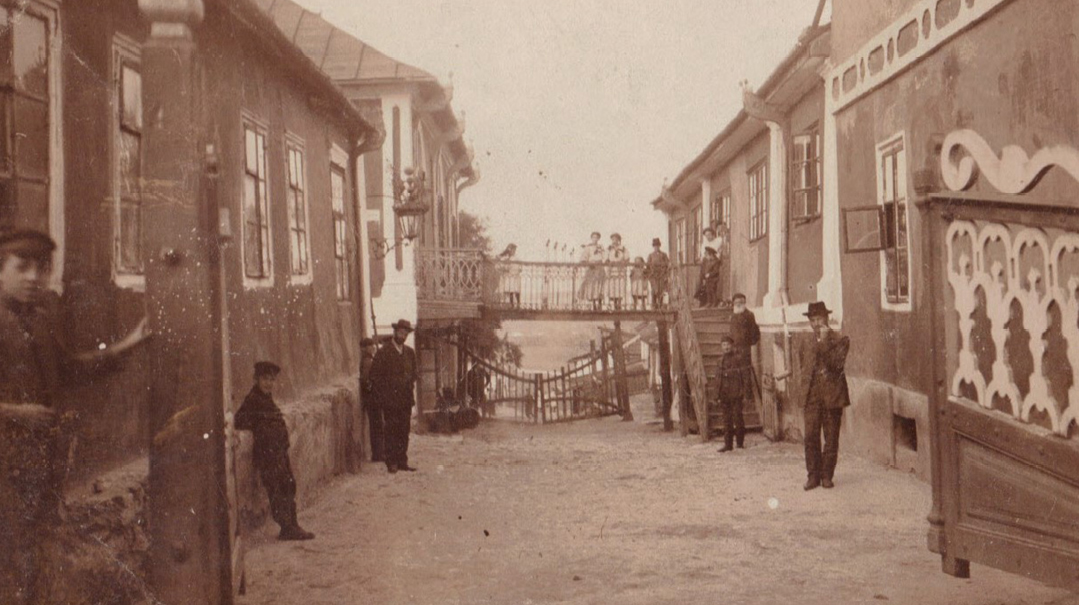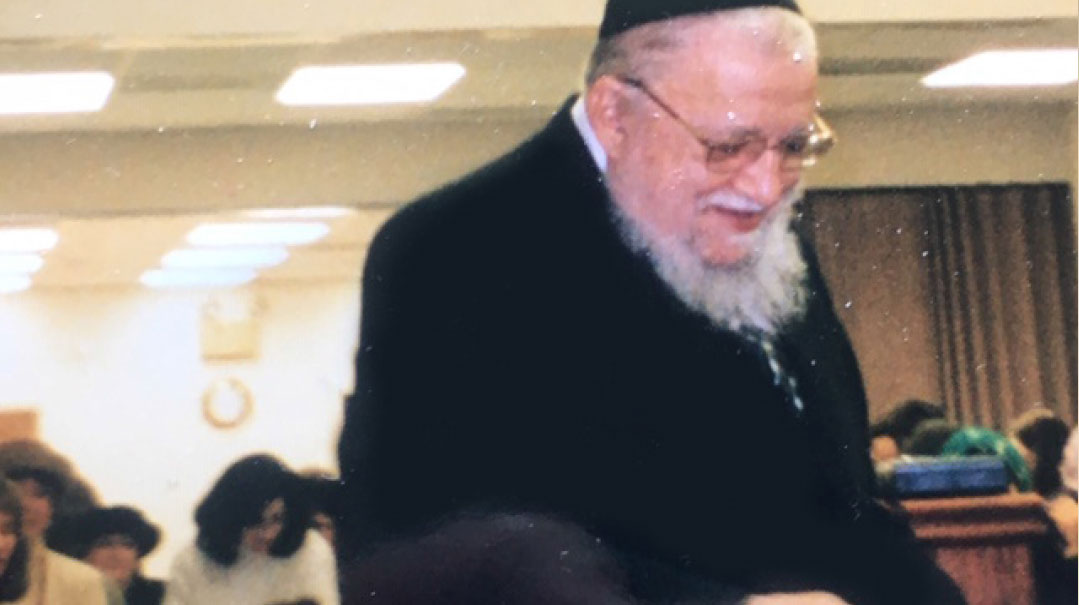A Shtetl Grows in Brooklyn
| September 16, 2020We show our grandchildren where we grew up, telling them stories about the “good old days”
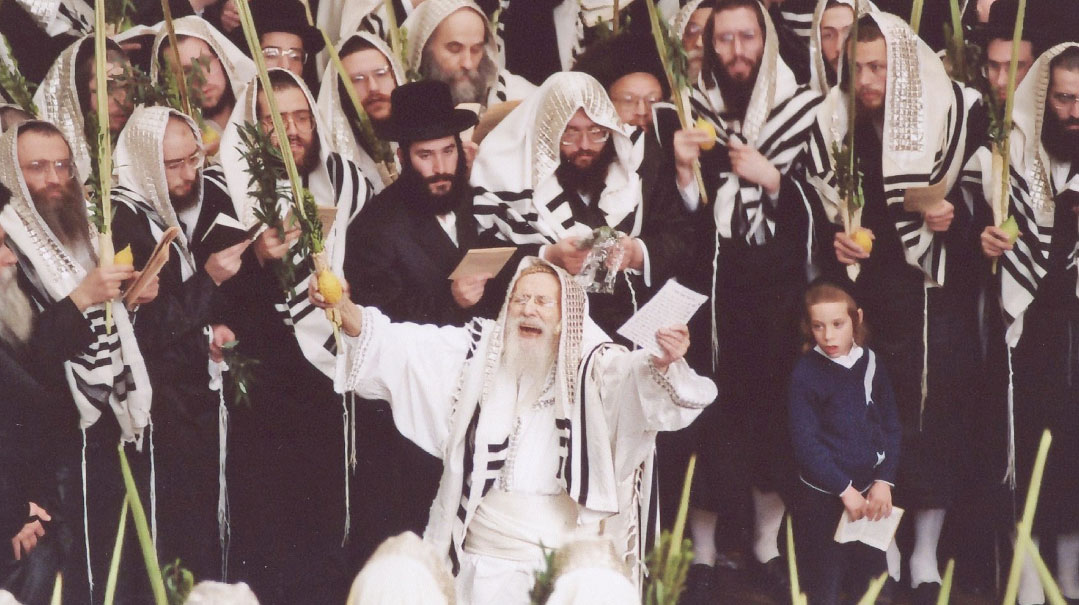
Growing up in the Bobov community in Crown Heights in the 1960s was reminiscent of the European shtetls our parents came from. We had a yeshivah, girls’ schools, parks, and our own grocery store within a radius of several blocks, everything our little self-contained community needed to flourish.
By the mid-1960s most of the Bobover chassidim, largely Holocaust survivors, had migrated to Crown Heights. After the war, or as our parents called it, “Der Kreig,” the survivors gathered around the Rebbe, Rav Shlomo Halberstam, in the West Side of Manhattan. Then, in the 1950s, people bought a few houses on Brooklyn Avenue in Crown Heights, where the Rebbe lived with his family, and a yeshivah was established next door. In the back of the Rebbe’s house and yeshivah was the large one-story beis medrash. Slowly, many Bobover chassidim found their way to Crown Heights, living mostly in rented apartments around the Rebbe’s house and yeshivah.
Our lives centered around Bobov. The boys went to the Bobover yeshivah and the girls went to Beis Yaakov down the block. Friday nights, our fathers, even those who were not Bobover chassidim, mostly davened in Bobov, and after the meal, the Bobover chassidim went to the tish.
On Shabbos afternoons, we Bobover girls held our Bnos sessions in the yeshivah’s classrooms, and we used the large lunchroom for dancing. The lunchroom was also our base to practice for our annual perfomance. Every year, we Bnos girls put on a play in the public school around the corner. One block down from the park was Rabbi Meir Levi’s Beis Yaakov school that many of us girls attended.
And what’s a shtetl without its sheigetz? We had our very own sheigetz who started up with the boys whenever they went to yeshivah. Kevin lived one block down from the yeshivah. The boys were terrified of him, and some wouldn’t go to cheder without their parents escorting them. Our fathers and grandfathers had their “Pavel” in Poland, our brothers had their “Kevin.”
My memories of Yamim Tovim as a child are tightly intertwined with Bobov. We anticipated the Yamim Noraim eagerly. The beis medrash was large enough to accommodate quite comfortably both the men and women and others who lived in the community. As we listened to the baal tefillah, the nusach and songs that were so familiar to our parents became part of us as well.
The Bobover Rebbetzin, resplendent in her Yom Tov finery, was seated at the first bench in the ezras nashim with her daughters and other family members. All the tichel and apron-clad women who made up the rest of the women’s section had a certain aura that helped us feel the potency of the day.
We girls sat near the entrance where we could observe everyone who came and went. The tzadeikes and almanah, the Yardinover Rebbetzin, was always meticulously dressed in a long dress and apron, her head covered in a beautiful Yom Tov covering. She sat close by. Entranced by her tefillos, we felt honored to have her daven near us.
Then there was the woman who came in every year, sat near us, but never picked up a machzor. “She can’t read,” we whispered to each other. And she probably couldn’t. But she had plenty of hugs and snacks for her little boys who kept coming in to visit Mommy. Many of the women back in Poland and Hungary didn’t how to daven from a siddur, but they were erlich and wonderful wives and mothers. This woman knew enough to come to daven whether or not she knew how to read. And so must have her mother and grandmother before her.
We girls were proud Beis Yaakov girls and we knew how to keep up with the baal tefillah. We even knew when to sit, when to stand, and of course the meticulous laws involved in davening the Shemoneh Esreh. We listened intently to the V’chol Maaminim choir, singing quietly along. Our brothers had practiced for days beforehand, and we knew every nuance of the rhythm and melody.
After Yom Kippur, our excitement peaked as we prepared for Succos. The men’s section of the beis medrash had a sliding roof, which then became a large airy succah with beautiful decorations. Simchas Torah was always thrilling for us. We good naturedly pushed and shoved our way to the front to see the hakafos, calling out to our friends to come join us. The laughter and elation was infectious. Our parents, who had lost so much in Der Kreig, reveled in the joy of the Torah, though we sensed that their happiness was tempered with great sadness.
That anguish came to a peak during Yizkor. My friends and I, young children of Holocaust survivors, would leave the beis medrash quickly. From where we stood outside waiting we could hear tearful sobs, and a cacophony of moans, wailing, and weeping, as memories came flooding back. Der Krieg was the shadow we all grew up under, and we were used to this. But it was at Yizkor that we actually felt the heaviness of our parents’ grief. Some moments later, the door opened, signaling that the tefillah was over and we could return. We tiptoed in slowly, carefully, afraid to disturb the obviously distressed women. The wailing and sobbing persisted unabated well into the middle of Mussaf — where it continued sporadically.
The years in Crown Heights were idyllic, but they didn’t last long. The neighborhood was changing, and it was time to move on. The chassidus purchased land in Queens, planning to build houses and reestablish the Bobov community over there. On a very hot day in June, men, women, and children from Crown Heights and other surrounding communities came together for this groundbreaking event. But the locals in Queens were none too keen on a chassidish community as their new neighbors. As we neared the area, we could see what seemed like hundreds of neighborhood people holding signs protesting the building of this new community.
The plan to move to Queens was shelved, and Boro Park was selected as an alternate relocation destination. Over the next few years, most of the Bobover chassidim from our shtetl moved to Boro Park. Interestingly enough, at about the same time, hundreds of other Yidden from every part of New York City also moved to Boro Park. Crown Heights was not the only neighborhood that was changing. Before long, Boro Park became home to Yidden of every stripe. We no longer lived in a shtetl, but in a vibrant neighborhood, home to many different chassidic courts, yeshivahs, and girls’ schools.
Visiting “der alter heim” in Crown Heights has become a traditional Chol Hamoed outing for some of us, as we take our Bobover grandchildren to see where it was all reestablished. Although the Rav’s house and yeshivah are no longer standing, most of the apartment houses, the park, and the museums are, and we show our grandchildren where we grew up, telling them stories about the “good old days.” And good old times they were, when life was simpler, expectations were less, and most people seemed to be content. With tremendous gratitude and appreciation for Hashem’s nissim, we remember how our parents lived with constant awareness that if they had survived, they had a mission to rebuild and continue the chassidic life and traditions they had grown up with before the war.
We no longer live in a small shtetl in Crown Heights and we’ve come a long way since those early days. Hashem in His kindness kept our parents alive, brought them to a new country, and helped them to reestablish the glory of what once was. Our small shtetl was the incubation period that brought forth the blossoming of our community and the flourishing of a part of Klal Yisrael that emerged as smoldering embers from the fires of Der Krieg.
(Originally featured in Mishpacha, Issue 828)
Oops! We could not locate your form.


